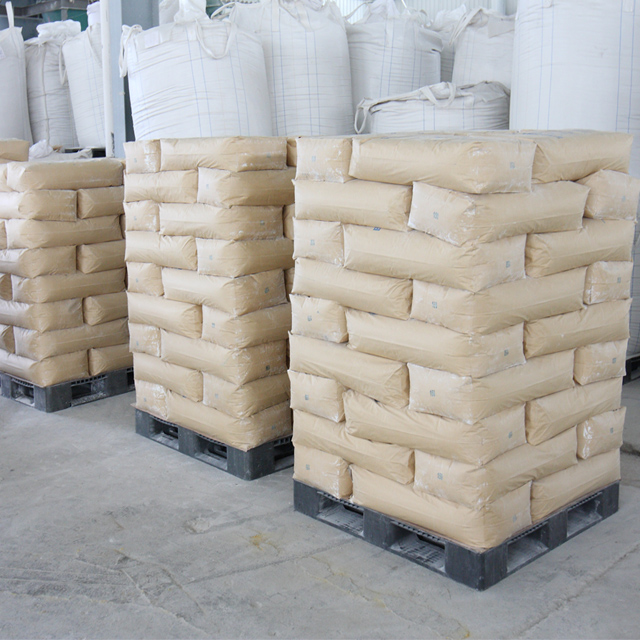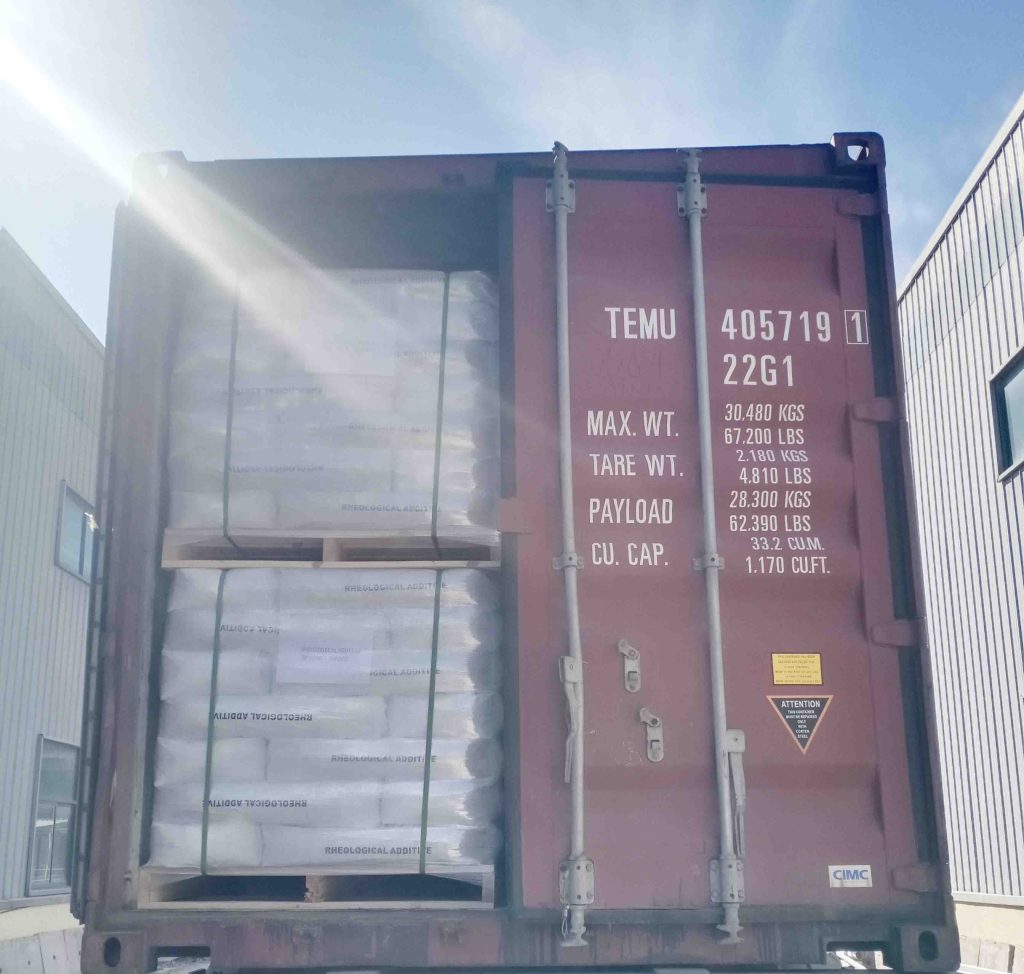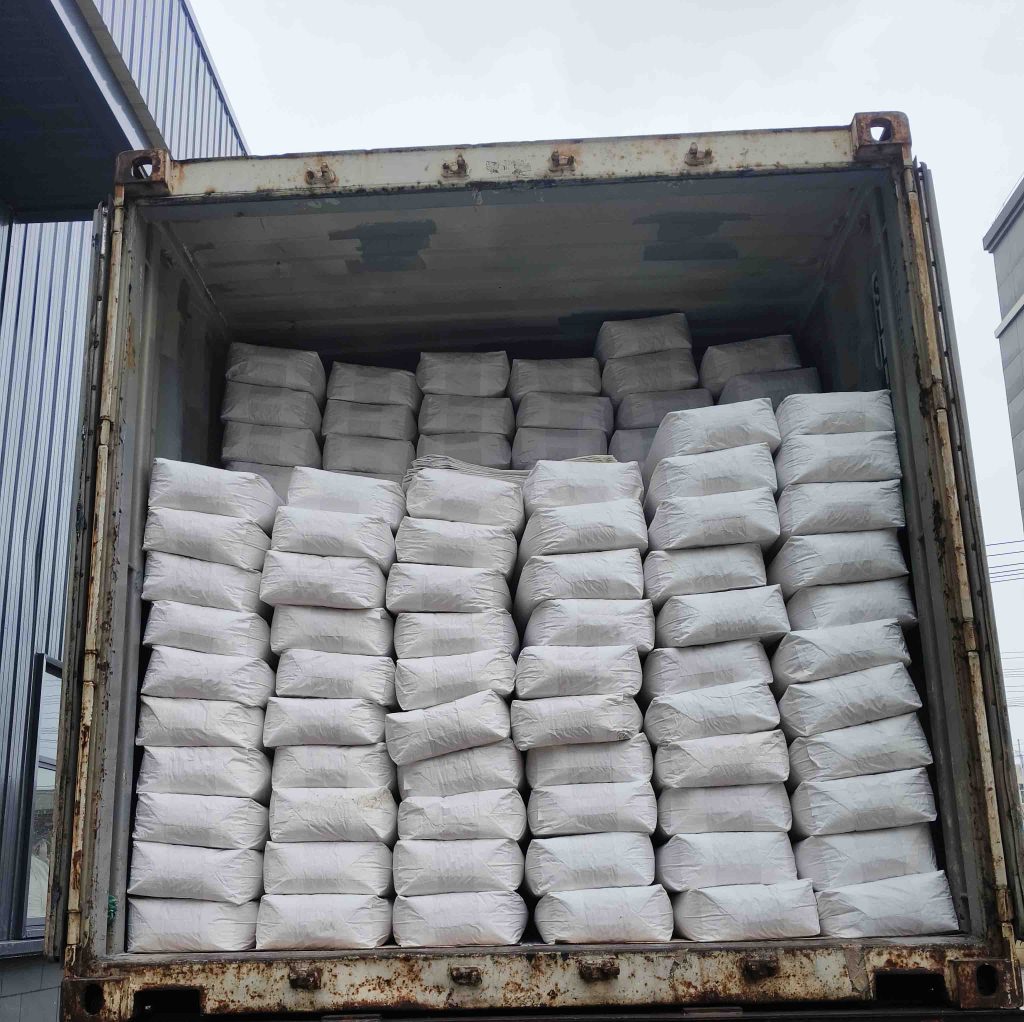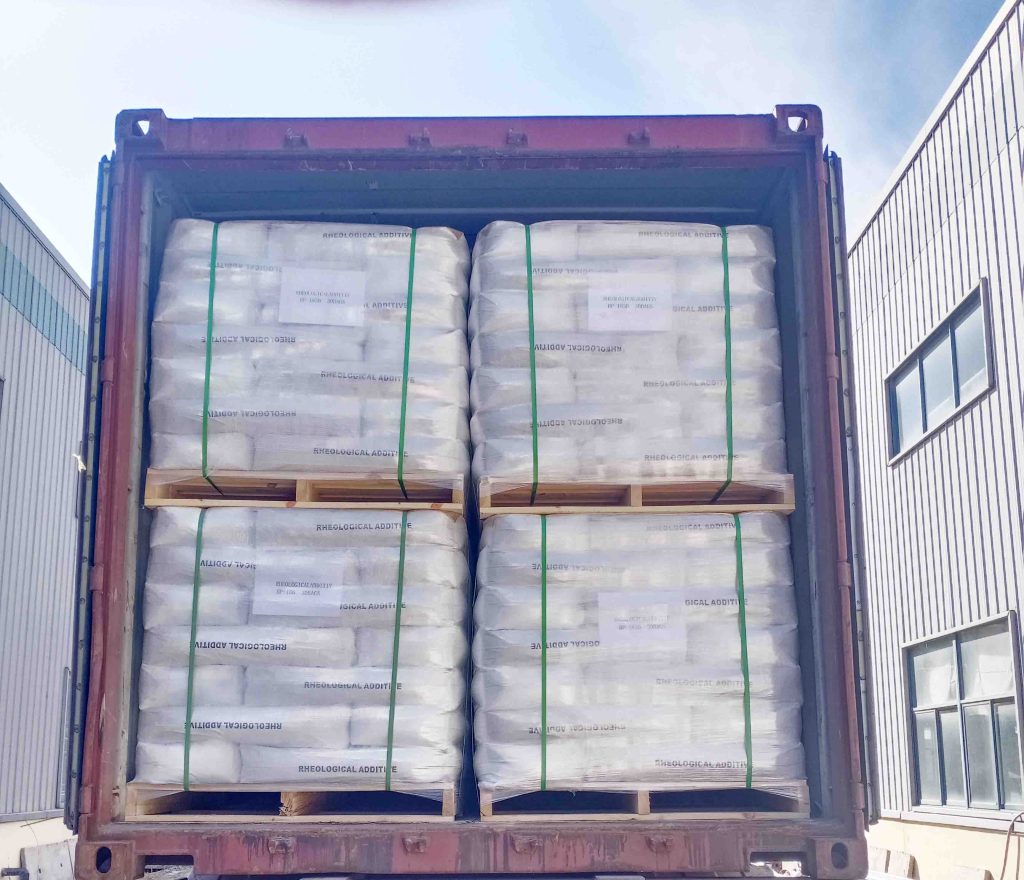Micro Balloons : Hollow glass beads are hollow glass spheres with low density and small diameter, which belong to a new type of lightweight inorganic non-metallic material.
Micro Balloons

What Are Bead Blasting’s Applications?
| Aerospace industry | Remove rust and paint from mechanical components to remove knife marks. |
| Remove scratches on the rubber | Reflective paint for roads |
| Scratch treatment on the surface of stainless steel. | |
| Foundry industry; | Pre processing in the electroplating industry. |
| Semiconductor Industry | Crafts for exterior decoration |
Micro Balloons
Micro Balloons
The diameter of hollow glass beads is usually in the range of 10-250 microns, the density is in the range of 0.15-0.60 g/cm3, the larger the diameter of the product, the higher the hollowness.
The larger the diameter of the product, the higher the hollow rate. Hollow glass beads have low mass, high thermal and acoustic insulation capacity, stability, insulation, excellent performance and wide range of uses.
The color is pure white. Micro Balloons can be combined with any dyes to dye, used to make any appearance of color in the products.
Light weight and large volume.
Compared with traditional filler particles, the density of hollow glass beads is about one tenth of them. Using hollow glass beads to fill products can greatly reduce the weight of the product, save the amount of resin used in the production process, and reduce the production cost of the product.
Size of glass beads for blasting
Model of Bead blasting glass | Sieve Size (mesh) | Particle Size Range(μm) |
WSL17L# | 20~40 | 425 ~ 850 |
WSL 18L# | 30~40 | 425 ~ 600 |
WSL 19L# | 40~60 | 300 ~ 425 |
WSL 20L# | 60~100 | 150 ~ 300 |
WSL 21L# | 70~140 | 106 ~ 212 |
WSL 22L# | 100~140 | 106 ~ 150 |
WSL 23L# | 100~200 | 75 ~ 150 |
WSL 24L# | 140~200 | 75 ~ 106 |
WSL 25L# | 140~270 | 53 ~ 106 |
WSL 26L# | 200~325 | 45 ~ 75 |
Specification of Bead blasting glass
| Specific gravity | 2.4-2.6 g/m3 |
| Stacking density | 1.5g/cm3 |
| Type | Blasting / Shot Peening Media |
| Spherical | |
| Rockwell hardness: | 46HRC |
| Mohs | 6-7 |
| Round rate | 80% |
| Melting point | 710-730 ℃ |
| Index of refraction | 1.5—1.6 |
Hollow glass beads have a moist texture and are easily dispersed, and can be used to fill polyester, epoxy, polyurethane and other thermoset or thermoplastic resins.
High flowability. Hollow glass beads are miniature hollow spheres, which provide better flowability and excellent mold filling properties than other flakes, needles or irregularly shaped fillers.
Hollow glass beads are also isotropic and will not be oriented in such a way as to cause inconsistent shrinkage in different parts of the product, making the product produced with hollow glass beads more dimensionally stable and less likely to warp.
Stable chemical properties.
Hollow glass beads are heat-insulating, sound-insulating, insulating, and have low water absorption.
Because it is a thin gas inside, it can be sound insulation, heat insulation, able to be used to fill a variety of thermal insulation, sound insulation products. The insulating properties of hollow glass beads can also be used to protect products from thermal shocks caused by alternating between rapid heat and cold conditions.
In addition, hollow glass beads have a high specific electrical resistance and very low water absorption, which can be used to process and produce cable insulation materials.
Low oil absorption. The spherical structure of hollow glass beads has the smallest specific surface area, so its oil absorption rate is also the lowest.
The use of hollow glass beads can greatly reduce the amount of resin in the process, but also does not increase the viscosity of the product, greatly improving the production operating conditions, improve the production efficiency of the product.


